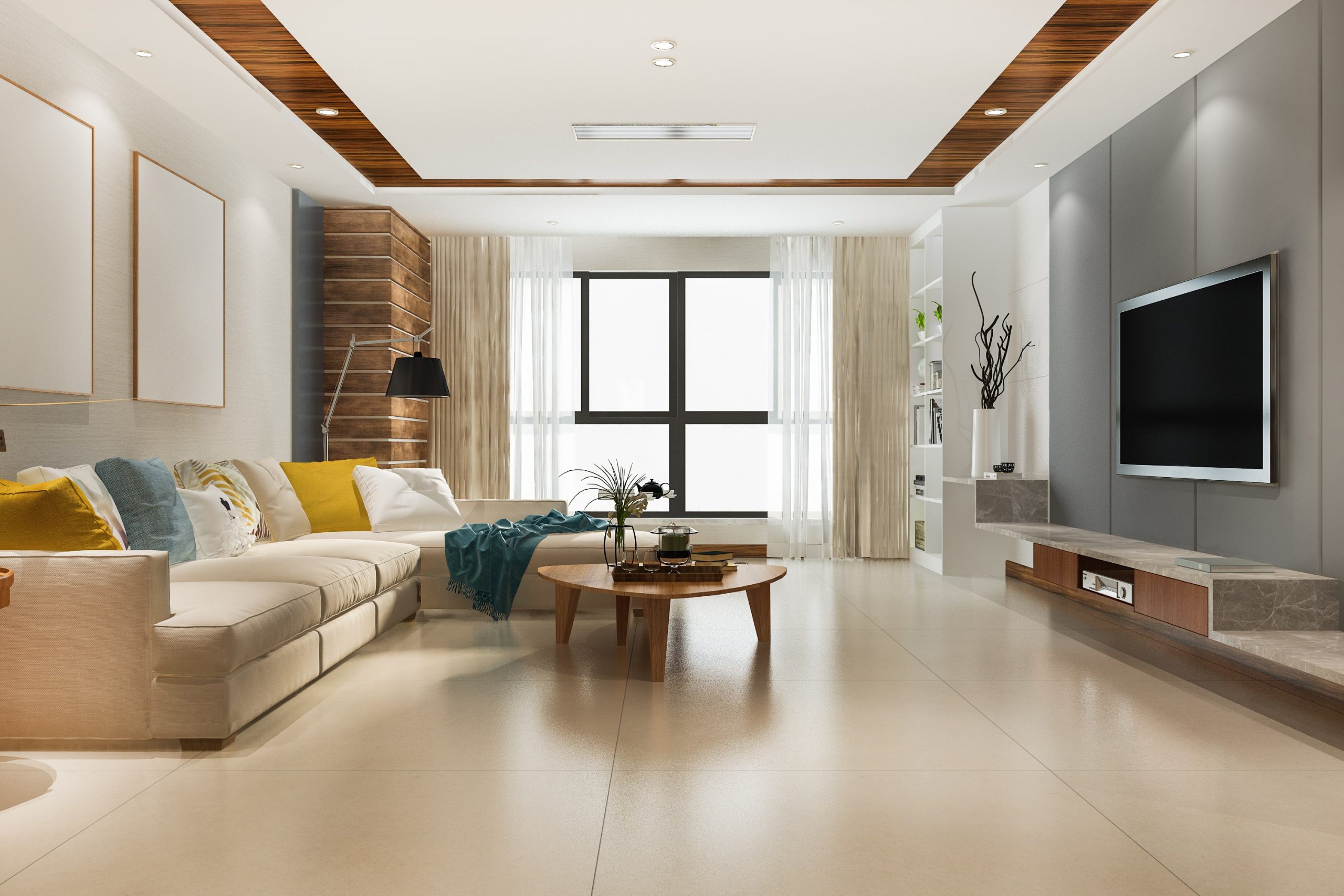The Future of 3D Rendering in Architecture and Design

At Associated Design Solutions, we understand that the landscape of architecture and design is evolving rapidly, particularly with advancements in technology. One of the most transformative tools in this evolution is 3D rendering, which is reshaping how architects and designers communicate their visions. Here’s a closer look at the future of 3D rendering in the industry.
- Enhanced Visualization:
The future of 3D rendering promises to deliver even more lifelike and immersive visualizations. With advancements in rendering engines, designers can create realistic lighting, textures, and materials that closely mimic real-life scenarios. This enhanced visualization allows clients to experience spaces before they are built, facilitating better decision-making and minimizing costly changes during construction. - Real-Time Rendering:
Real-time rendering is set to revolutionize the design process. Unlike traditional rendering methods that can take hours or days, real-time rendering enables architects and designers to visualize changes instantly. This immediate feedback loop fosters collaboration, as clients can see alterations in design and layout on the spot, leading to more efficient project timelines and improved client satisfaction. - Integration with Virtual Reality (VR):
The integration of 3D rendering with virtual reality is another exciting frontier. Clients can don VR headsets to walk through their future spaces, experiencing designs in an immersive way that static images simply cannot provide. This technology not only enhances the design experience but also allows clients to understand spatial relationships and scale in a profoundly engaging manner. - Sustainability in Design:
3D rendering will play a vital role in promoting sustainable practices within architecture and design. By allowing designers to simulate various materials and building techniques, it becomes easier to evaluate the environmental impact of different choices. This capability will enable more informed decisions that align with green building standards and sustainability goals. - Automation and AI Integration:
As artificial intelligence (AI) continues to evolve, its integration with 3D rendering software will lead to more automated processes. AI algorithms can analyze design choices and suggest optimal layouts, materials, and energy-efficient solutions based on the specific context of a project. This assistance not only streamlines workflows but also enhances creativity by providing designers with innovative options they might not have considered.
At Associated Design Solutions, we believe that the future of 3D rendering in architecture and design is bright and full of potential. By embracing these advancements, we can deliver exceptional designs that not only meet our clients’ needs but also push the boundaries of creativity and sustainability. As technology continues to evolve, we remain committed to leveraging the latest tools and techniques to create inspiring spaces that resonate with our clients and reflect their unique visions.

